An Iceberg Flipped Over, and Its Underside Is Breathtaking
On vacation in Antarctica, filmmaker and photographer Alex Cornell captured an unusual sight
Snow-covered icebergs dominate the scene near the shore of the Antarctic Peninsula, the northernmost part of the icy south polar region. Between the sun, the water and icy peaks, the beauty can be quite literally blinding.
“Everything is reflective and everything’s white,” recalls filmmaker Alex Cornell, who vacationed there last month with his family. “People had said that the first time you go, you’re kind of so overwhelmed that you take a lot of pictures of your feet and you don’t really know what’s going on … I definitely felt that,” he says with a laugh.
While exploring Cierva Cove, a glacial bay off the peninsula, a scientist aboard Cornell's boat became excited by one iceberg in particular. “Everything I was seeing was pretty exciting,” Cornell admits. “This particular iceberg at the time kind of blended in with all the crazy stuff we were seeing.”
But as they approached the mass, which rose about 30 feet out the water, Cornell understood his guide’s excitement. Whereas most iceberg tips are covered in snow or have been weathered by the elements, this one was free of debris, exposing glassy, aqua-green ice with water flowing through it—“almost like an ant colony,” he says.
Cornell’s guide suggested that the iceberg had recently flipped. Icebergs form when chunks of freshwater ice calve—or break off—from glaciers and ice shelves, as well as other icebergs. Because of the varying densities of ice and saltwater, only about 10 percent of an iceberg will ever show at the surface, and that protruding tip will gather dirt and snow. Melting can trigger calving, but it can also change the equilibrium of an iceberg, causing it to flip.
In the case of this jewel-like iceberg, the ice is probably very old. In glaciers, years of compression force out air pockets and gradually make the ice denser, according to the National Snow and Ice Data Center. "When glacier ice becomes extremely dense, the ice absorbs a small amount of red light, leaving a bluish tint in the reflected light, which is what we see.” In addition, minerals and organic matter may have seeped into the underwater part of the iceberg over time, creating its vivid green-blue color.
Justin Burton, an assistant professor at Emory University who has studied the physics of flipping icebergs, says that the phenomenon is occurring more frequently now due to climate change. Outlet glaciers are rivers of ice that flow outward from an ice cap or ice sheet and into the sea. According to Burton, outlet glaciers have been retreating in Antarctica and Greenland, and this contributes to iceberg flipping.
“Usually these tongues of ice would extend far out into the sea and actually be floating there. But now they’re not floating, and [icebergs] tend to break off right at the point where the ice touches the ground," he says. "It’s like squirting toothpaste out of a tube. A little bit of toothpaste comes out the tube, then it breaks off, and a little bit more comes out the tube, then it breaks off. So you get these really thin pieces of ice that flip over right when they’ve broken off.”
Burton is able to remotely record seismic signals and interpret when they're caused by large icebergs flipping. But he says that it is difficult to properly estimate how often a flip happens due to the need for visual confirmation and the dangers and expense of setting up recording equipment.
Given the rarity of the sight, Cornell is humbled to have captured this recently flipped iceberg. “It’s like if you see a double rainbow over a whale breaching … you’re just lucky that you’re there," he says. "Anybody could have been there and captured it, so I am happy that I was the one for this one.”
For more of Cornell’s photos and video work, visit his portfolio here.
/https://tf-cmsv2-smithsonianmag-media.s3.amazonaws.com/accounts/headshot/Screen_Shot_2018-08-01_at_7.20.11_PM.png)
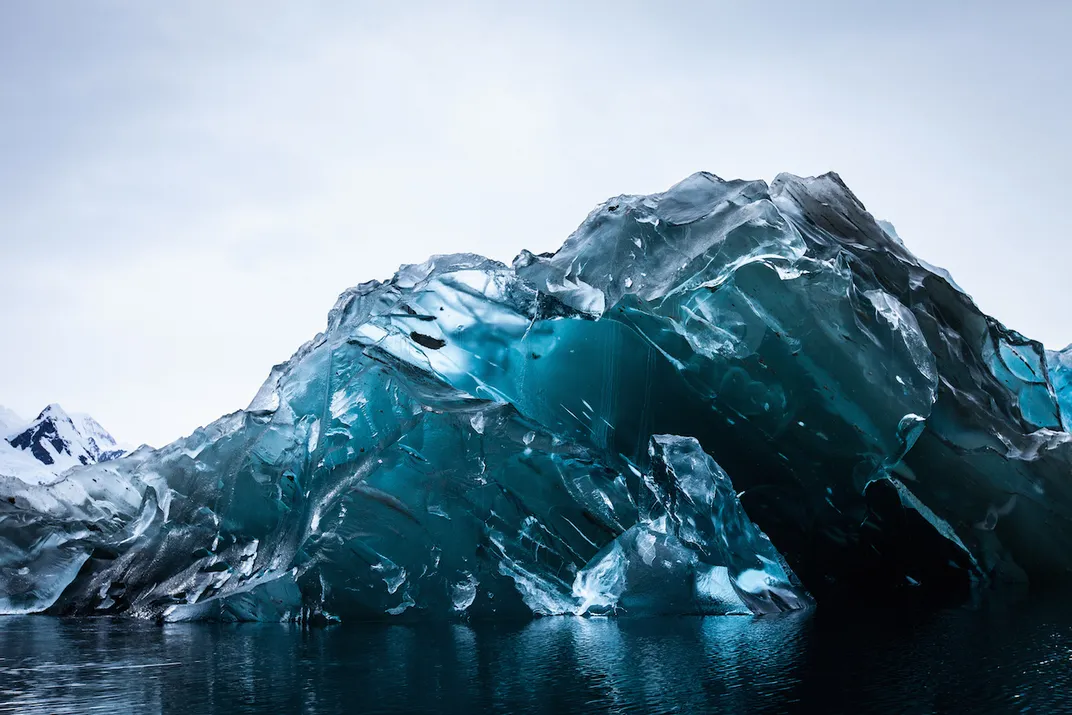
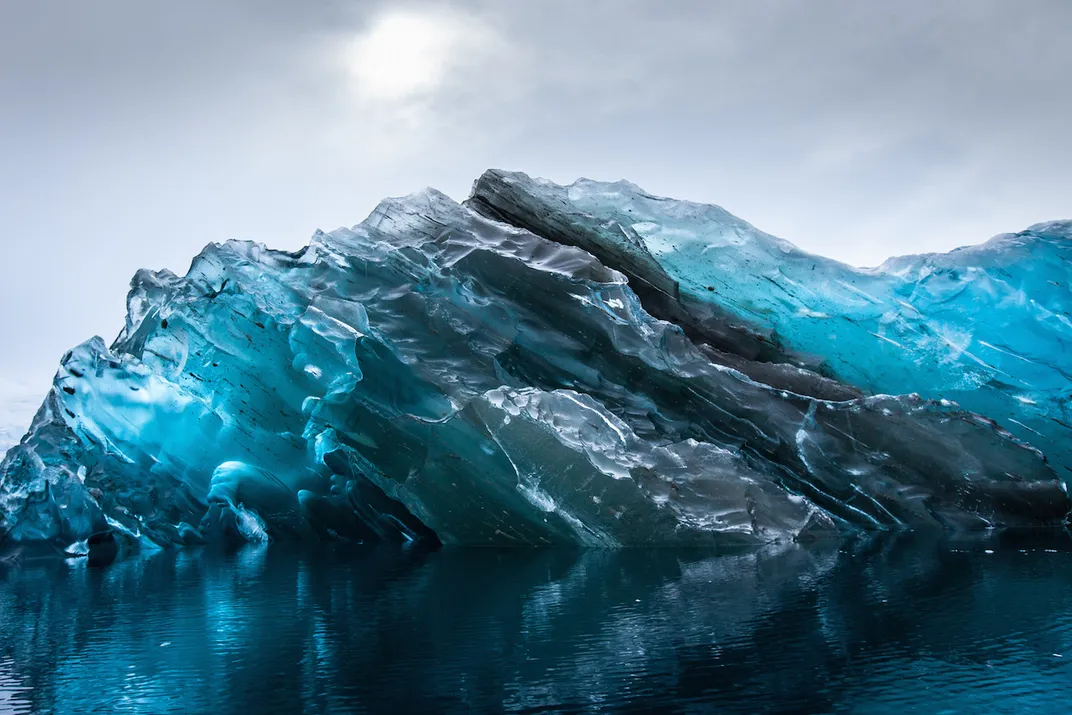
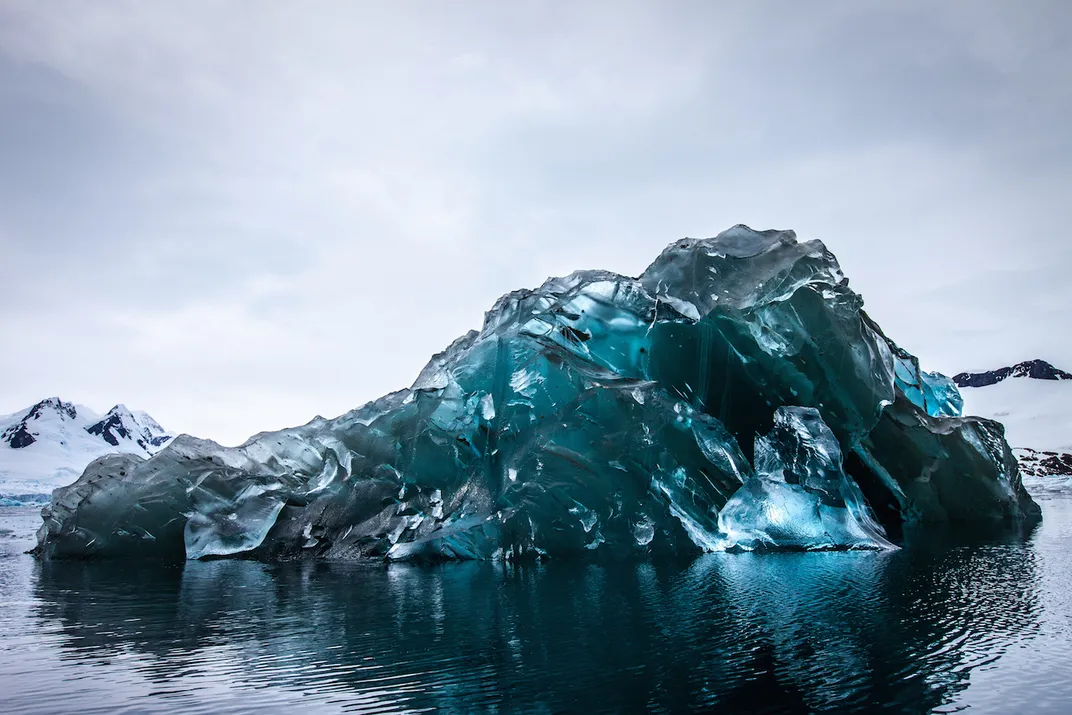
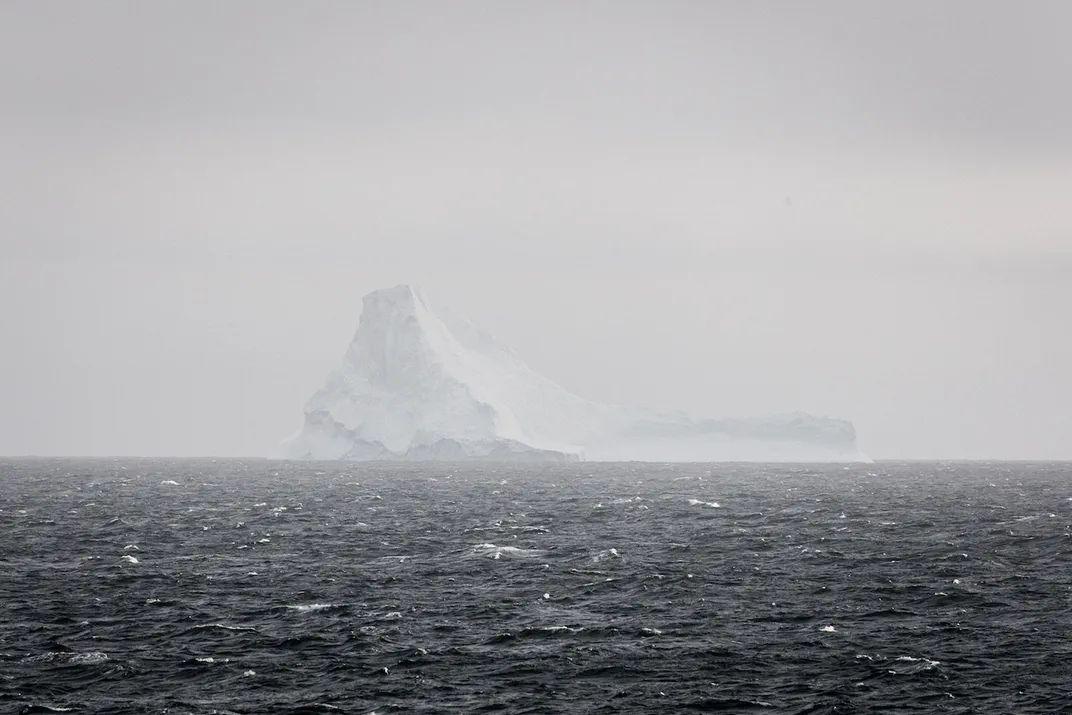
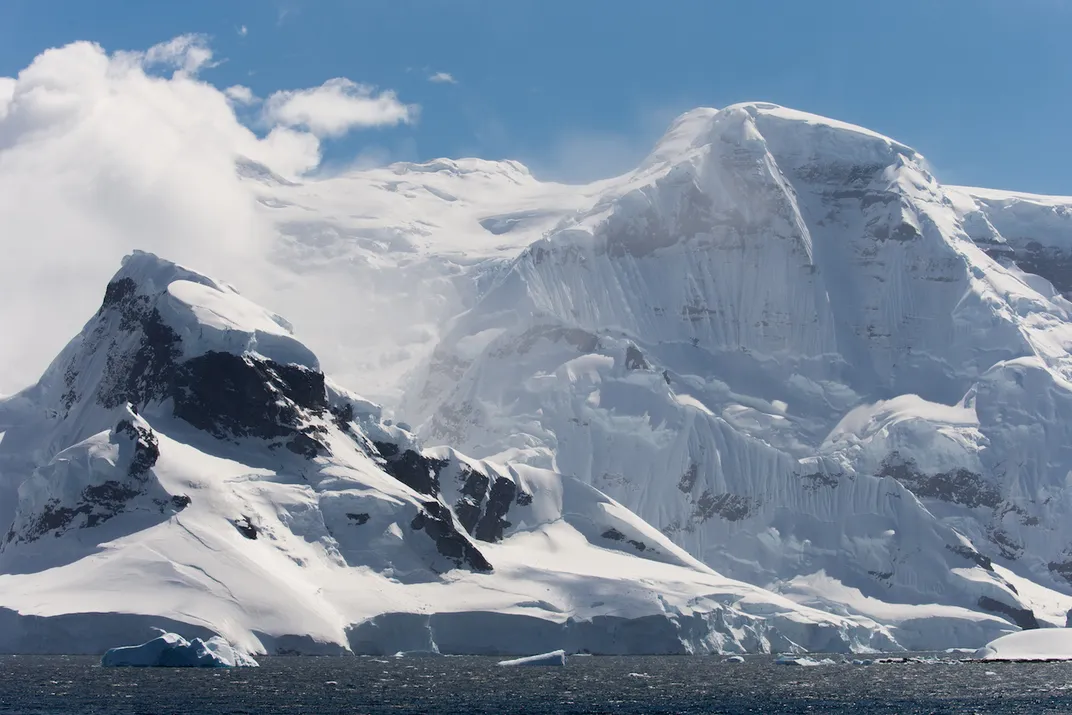
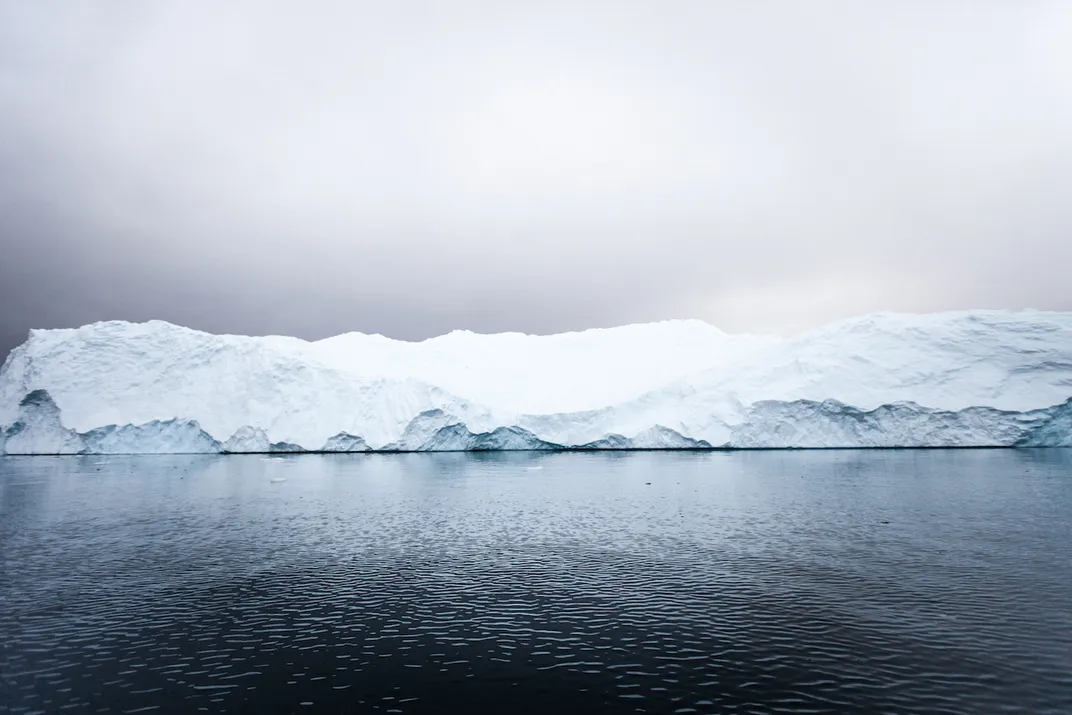
/https://tf-cmsv2-smithsonianmag-media.s3.amazonaws.com/accounts/headshot/Screen_Shot_2018-08-01_at_7.20.11_PM.png)